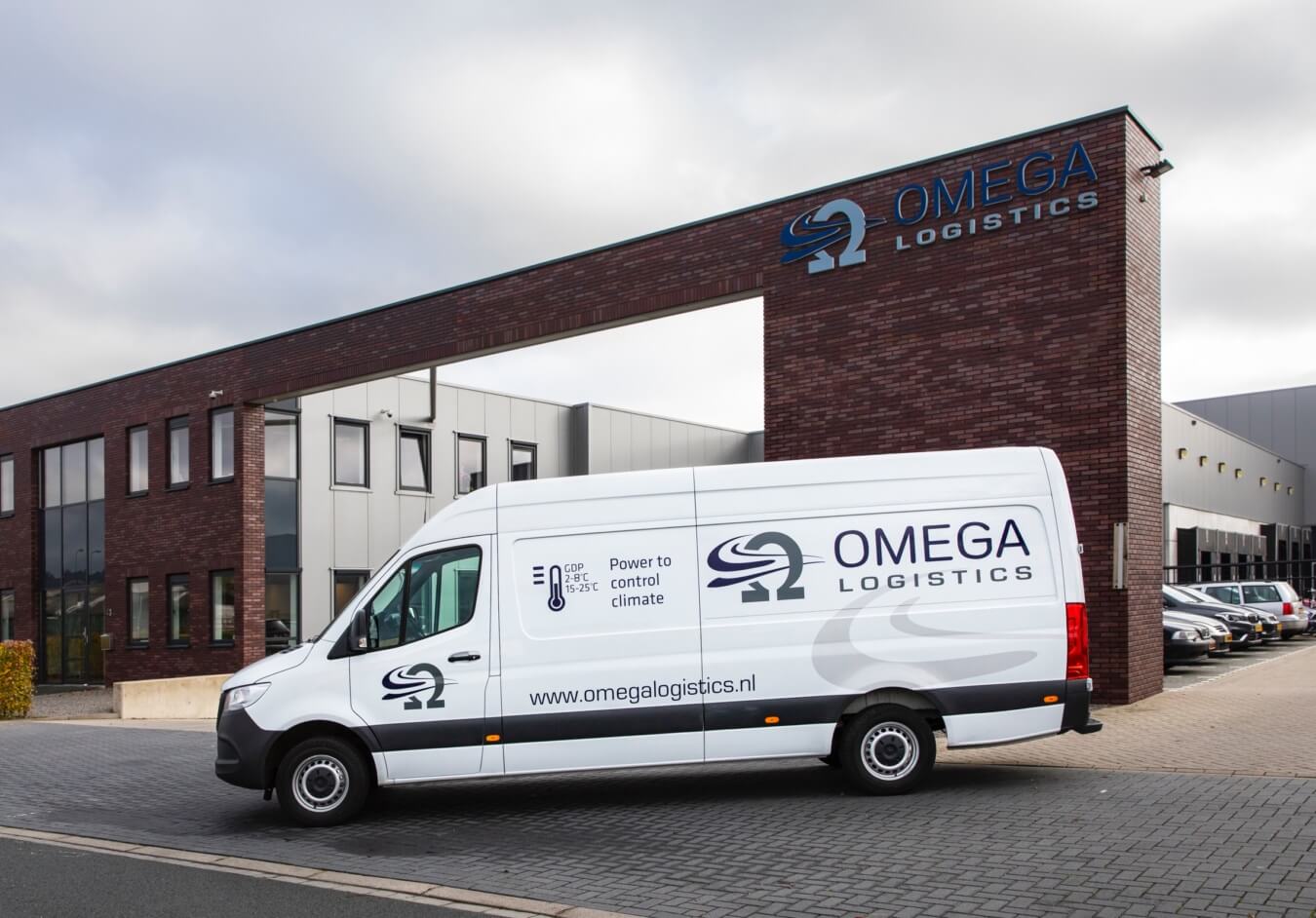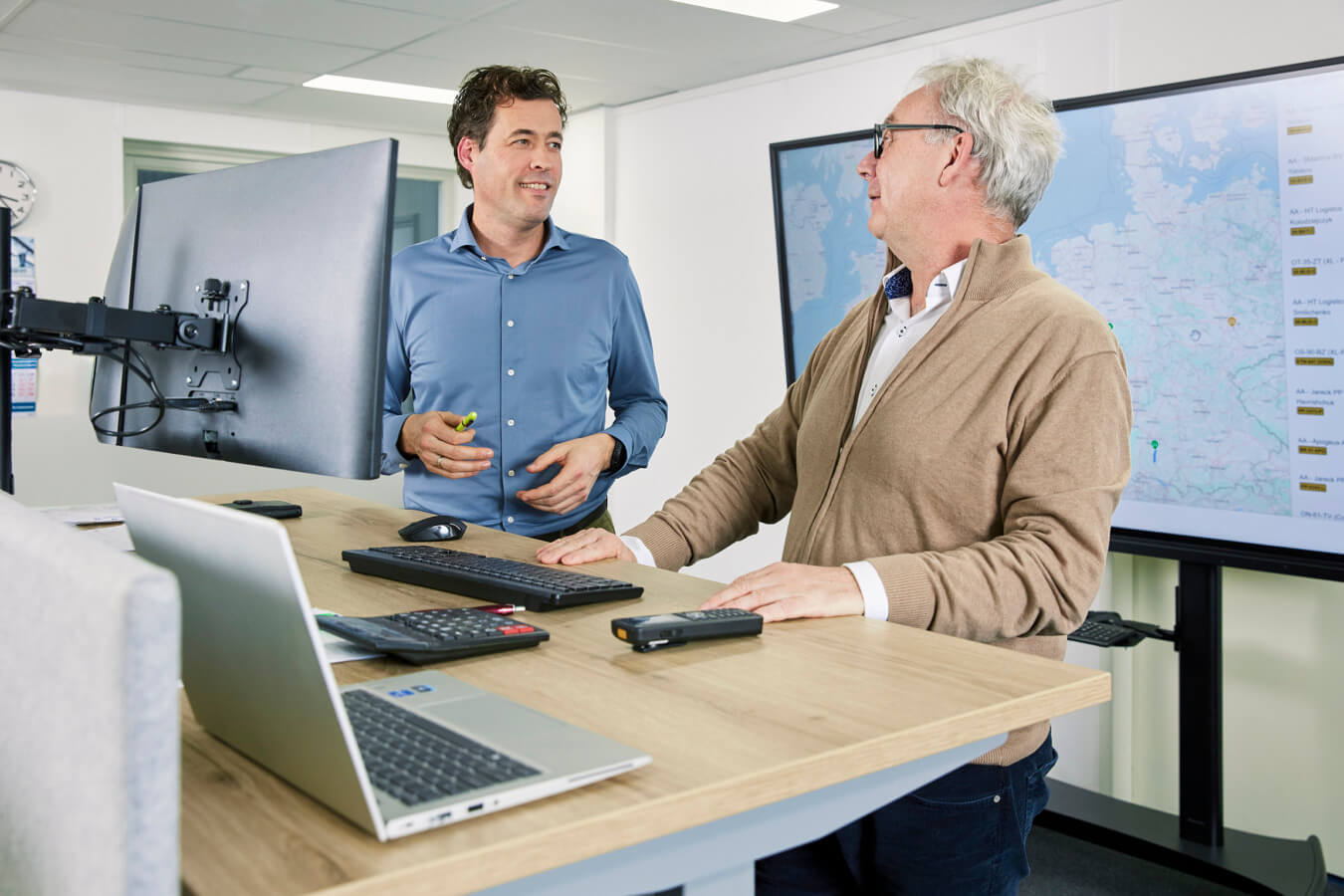
Success story
Success story
Ferliner originated in 2003 as a transport company that steadily grew until mid-2020. With Stefan Pompe as the director and after the TMS implementation by NextUp Software, it has been growing annually by 15% since then. With the change in direction from a transport company to a freight forwarder with its own trailers and handling, Ferliner is prepared for the future.
"My parents gave me the choice between the havo/vwo boarding school or the boarding school of the maritime school," says Stefan Pompe, owner of Ferliner. "That decision was quickly made. After the maritime school, I studied in Rotterdam. After gaining broad work experience at a port company in the same city, I took over a shipping company with a partner that was active between Europe and South America. Many years later, I was looking for a new challenge in logistics. With my background in shipping, Ferliner was an interesting opportunity. The strength at Ferliner lies in taking care of customers, whether it's road transport, rail transport, or (salt)water transport. We have global contacts in transportation and a lot of knowledge about different types of transport. But ultimately, customer satisfaction is what matters most. That's where our strength lies."

Before Stefan became director, Ferliner used a custom-made TMS system. "The old transport management system was very labor-intensive, error-prone, and inefficient. The consignment note was manually scanned one by one. Then the consignment note had to be assigned to a file. It's hard to imagine now, but two people were working on this full-time. The custom-made TMS was not up-to-date and not smart. A big pitfall is that you quickly fall behind with new developments. With NextUp, we made a big efficiency leap." Stefan continues: "Orders come in via an API connection with a large transport platform into NextUp. These are accepted and assigned by our planners. They then fill in the start and end times. The TMS system also communicates very easily with accounting software for invoicing, in our case, SnelStart. That saves a lot of time and money."

In October 2020, we started the migration of the TMS, and during the Christmas holidays, we went live. It's quiet here during that time. The advantage was that we entered the new year with an efficient and smart transport management system. I took my colleagues in planning and invoicing along with the changes. In addition, two implementation colleagues from NextUp provided good guidance, both on-site and remotely. A new TMS system is a impactful decision for your business operations, I don't deny that, but you really have to be willing to make that transition to remain future-proof. Release notes are sent every 2 weeks, occasionally 3 weeks. The development speed at NextUp is very high.
"After the TMS implementation, we first started with orders and route planning. Then we further optimized and automated all data and processes. We also now use the BI tool and truck planning. Thanks to NextUp, we have taken significant steps and are now at over 500 transports per week. NextUp's TMS software grows with your company. The TMS software is in the Cloud. A shared platform has many advantages. It's not company-specific. Functionalities that I come up with are available to others, and vice versa. Therefore, it keeps up with the latest standards. And don't forget the Amazon web server for protection. It's not affordable on our own. NextUp makes life a lot easier."
When asked about future ambitions, Stefan says, "To become a bigger specialist. I think you get further as a specialist. Our years of specialized knowledge are becoming increasingly valuable. Those are nice intersections with NextUp's transport management system."
